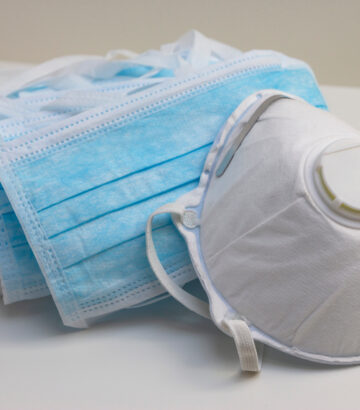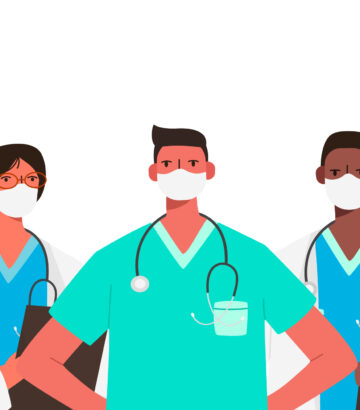Response to CDC Update on the Draft 2024 Guideline to Prevent Transmission of Pathogens in Healthcare Settings
Download PDFTO: Daniel Jernigan, Director of the National Center for Emerging and Zoonotic Infectious Diseases CDC, and John Howard, Director of the National Institute for Occupational Safety and Health (NIOSH), CDC
SUBJECT: Respiratory Infection Control in Healthcare Facilities.
FROM: The World Health Network
We are writing on behalf of the World Health Network (WHN) and its members, which includes many healthcare professionals and impacted individuals. We would like to express our appreciation and sincere gratitude for the CDC decision to reconsider HICPAC’s proposed analysis and recommendations for revising the 2007 guidance for respiratory infection control within healthcare facilities. As the leading public health institution in the US, it is crucial that the CDC get this revision right and take steps to update its guidance, taking a broad perspective and using the best available scientific and epidemiologic information. In many ways, both in process and in content, the recent HICPAC recommendations fell short, which led to some rightfully worried, well-considered, and pertinent feedback from a broad cross-section of frustrated Americans.
Given the inadequate national response to the SARS-CoV-2 pandemic and the devastating consequences it has brought upon us, including the blatant distortion and neglect of the CDC’s invaluable expertise, knowledge, and wisdom, we firmly believe that reevaluating the respiratory infection control guidance presents a crucial first step for the CDC to reclaim its esteemed reputation. We look forward to working with the CDC and HICPAC, with its new DHHS appointed members, to optimize the development of wise and functional guidance.
As it is well known, public health epidemiology started with John Snow remediating water pollution; healthcare hygiene as advanced by Ignaz Semmelweis promoting universal handwashing (minimizing exposure to fomites) made surgical procedures safer; and with the arrival of HIV universal blood precautions were universally adopted. If there is a silver lining to the COVID-19 pandemic, it is a golden opportunity to revisit our understanding and management of respiratory infection precautions. As an infectious agent, now studied in great detail, COVID-19 epitomizes the problems of aerosol spread and respiratory protection, asymptomatic spread, building clean air ventilation and filtration standards, the vulnerability of medically high-risk people, disparities in medical resources and the medical care system, surveillance testing, quarantine and isolation, and the invisibility of airborne infectious agents. HICPAC’s mandate should be to assess and respond comprehensively to all these considerations with the best technical guidance possible.
As a stakeholder with multidisciplinary scientists and public members engaged in pandemic response nationally and globally, the WHN looks forward to opportunities to work with the CDC to develop optimal protective public health guidance standards for all Americans. We hope that this re-evaluation will start a new epoch for the CDC as it becomes a champion of the precautionary principle.
The WHN Infection Prevention Team would be happy to coordinate a virtual meeting to discuss how we can help.
The World Health Network (WHN) is an international organization of scientists, medical practitioners and concerned citizens dedicated to promoting systemic public health protections and improving access to quality healthcare for all.
Sincerely,
Infection Prevention Team, World Health Network.











